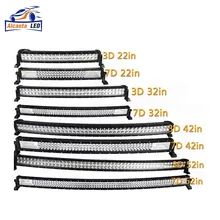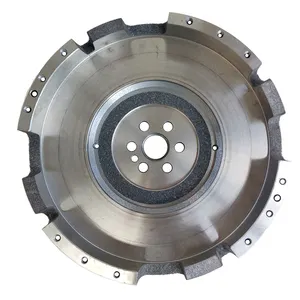Understanding the 2 Stroke Flywheel
The 2 stroke flywheel is an integral component in the realm of internal combustion engines, particularly for vehicles operating on a two-stroke cycle. This mechanical part plays a pivotal role in maintaining the momentum of the engine's crankshaft, contributing to smoother operation and enhanced performance. The flywheel's mass is strategically designed to store rotational energy, which assists in balancing the engine's power strokes and mitigating vibrational forces.
Types and Applications
Diverse in its applications, the 2 stroke engine flywheel is utilized across various vehicle types, from motorcycles to lightweight automobiles. Its design varies to accommodate different engine sizes and configurations, ensuring compatibility and efficiency. The flywheel is not a one-size-fits-all component; hence, its specifications are critical for proper engine functionality.
Features and Materials
Constructed from robust materials such as steel or aluminum, the flywheel for 2 stroke engines is engineered to withstand the high-speed rotational forces it encounters. The choice of material impacts the flywheel's inertia, with lighter materials often used to allow quicker engine response, while heavier ones may be favored for their ability to maintain engine rhythm and stability.
Advantages of a Well-Designed Flywheel
A well-crafted 2 stroke flywheel offers several advantages, including improved engine balance, reduced vibration, and more consistent power delivery. This results in a smoother ride and can also contribute to the longevity of the engine by reducing wear on its components. Additionally, a precise flywheel design can aid in easier starting of the engine, which is particularly beneficial for handheld power equipment and other small-engine vehicles.
Selection Considerations
Selecting the appropriate flywheel for a 2 stroke engine requires consideration of the engine's specific needs and the intended use of the vehicle. Factors such as the flywheel's weight, material composition, and compatibility with the crankshaft must be evaluated to ensure optimal performance. It is essential to choose a flywheel that harmonizes with the engine's operational characteristics to maintain efficiency and reliability.
Conclusion
In conclusion, the 2 stroke flywheel is a critical component that demands careful consideration for anyone involved in engine maintenance, repair, or assembly. Its role in engine performance is undeniable, and selecting the right flywheel is paramount for achieving desired results. While the market offers a variety of options, understanding the nuances of each type and its material construction can guide buyers in making an informed decision that aligns with their engine's requirements.












































 浙公网安备 33010002000092号
浙公网安备 33010002000092号 浙B2-20120091-4
浙B2-20120091-4